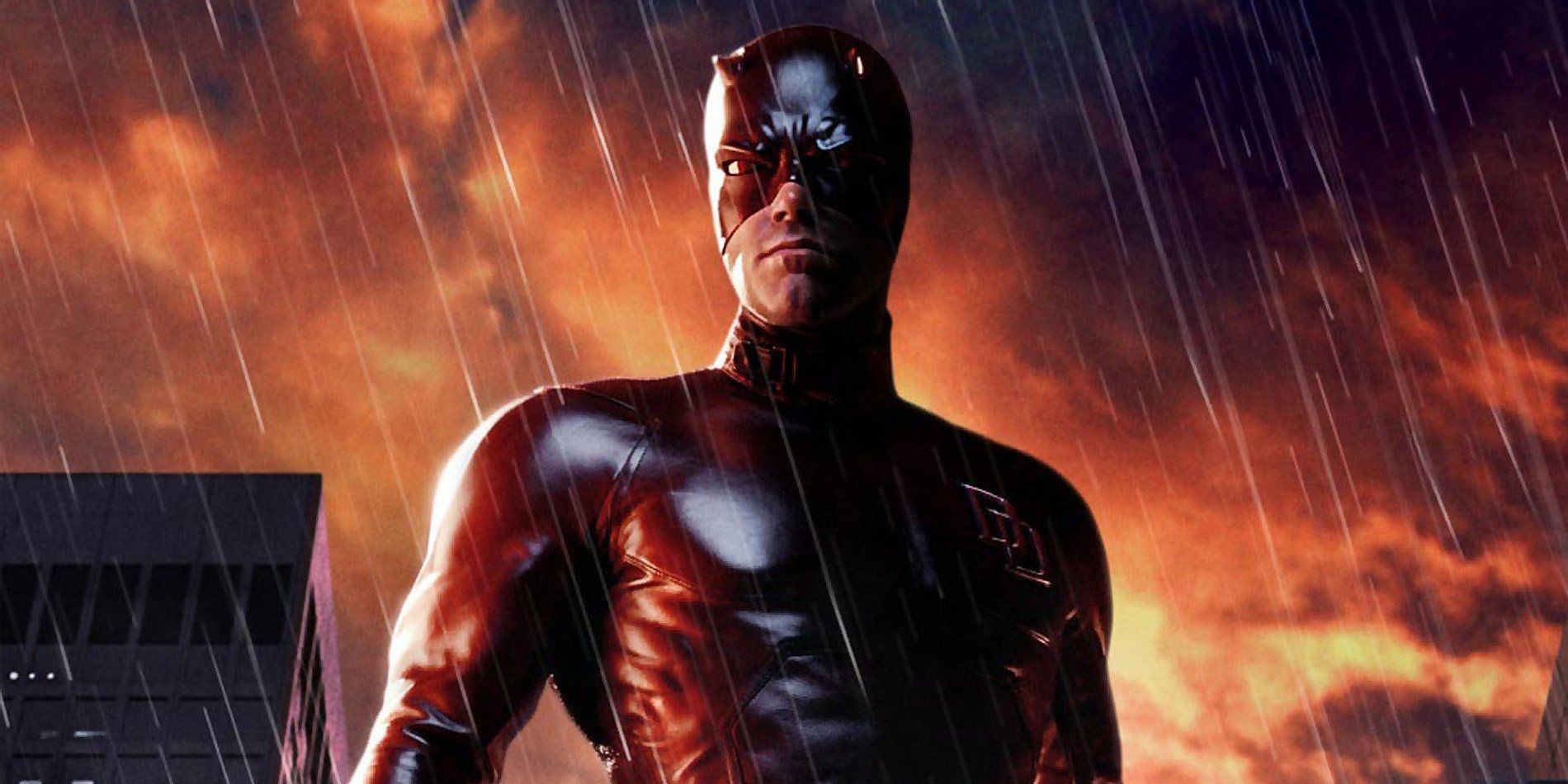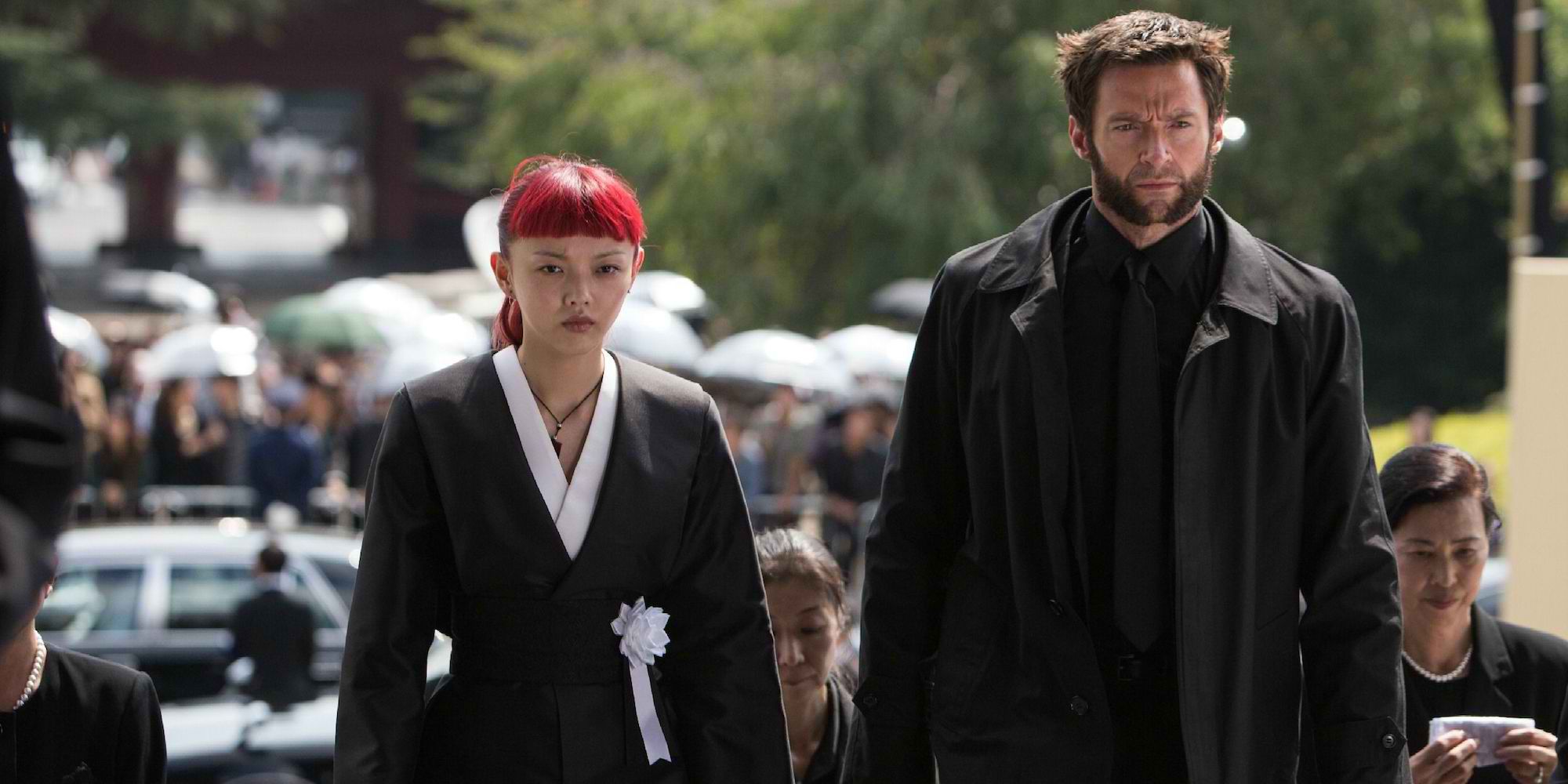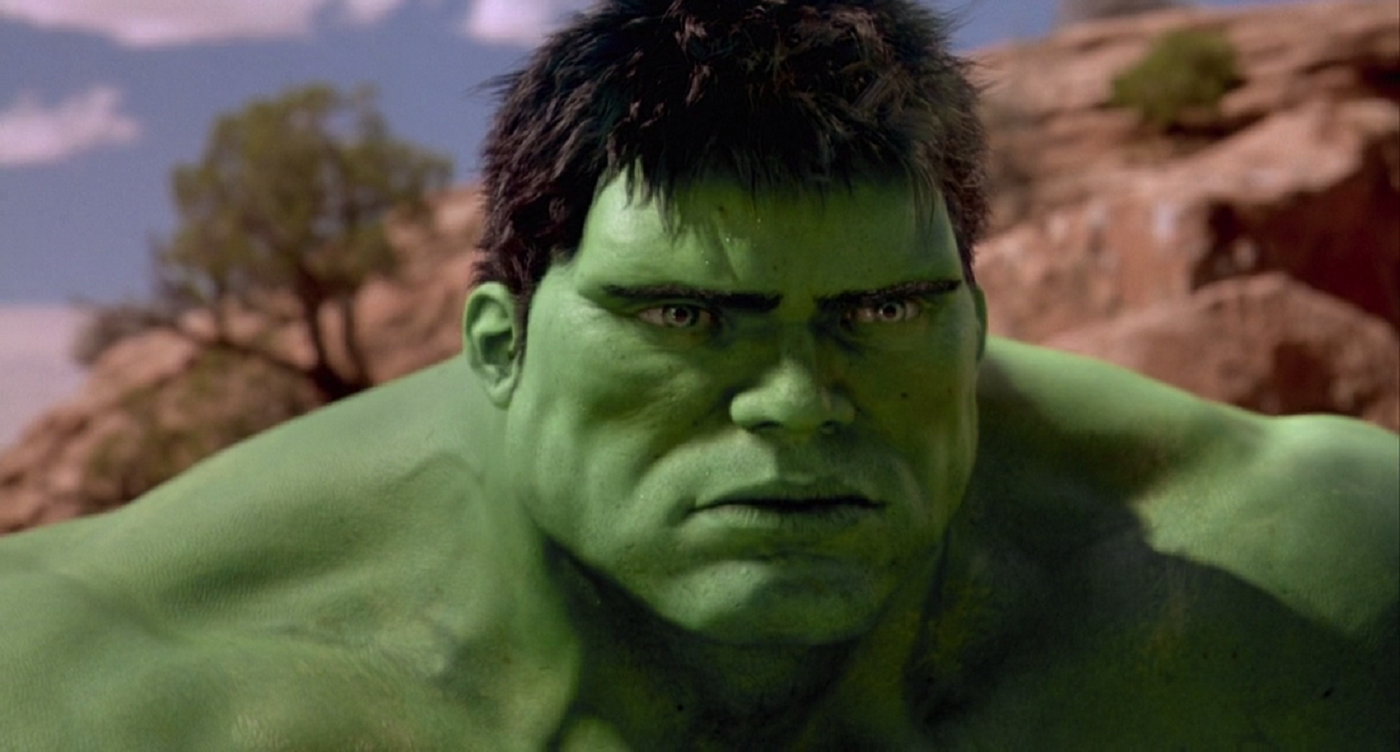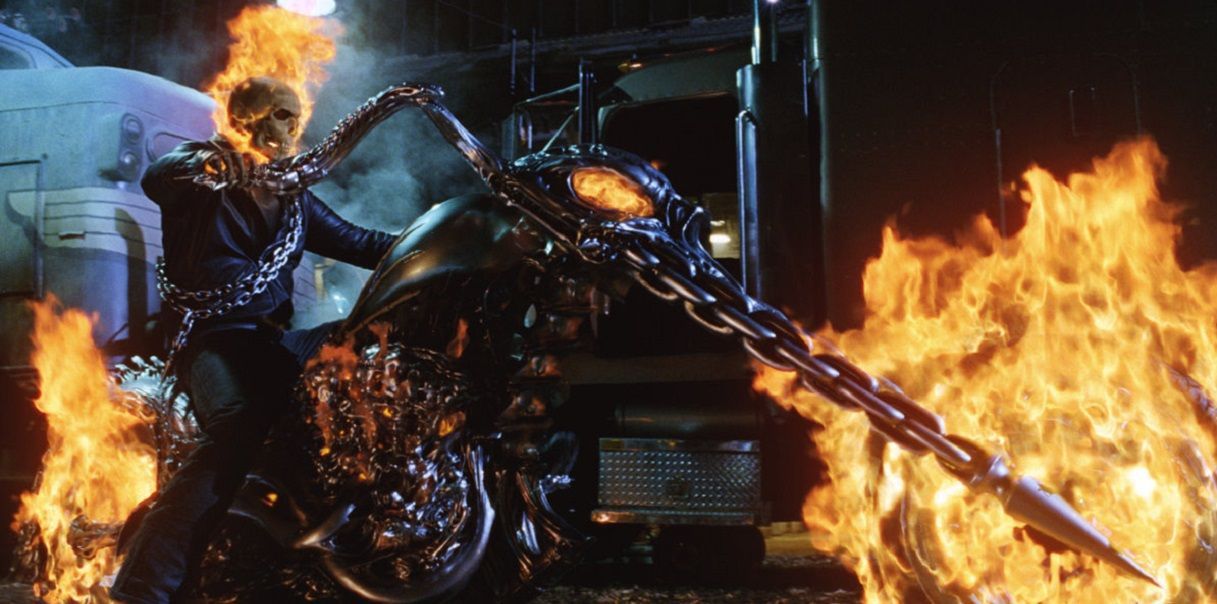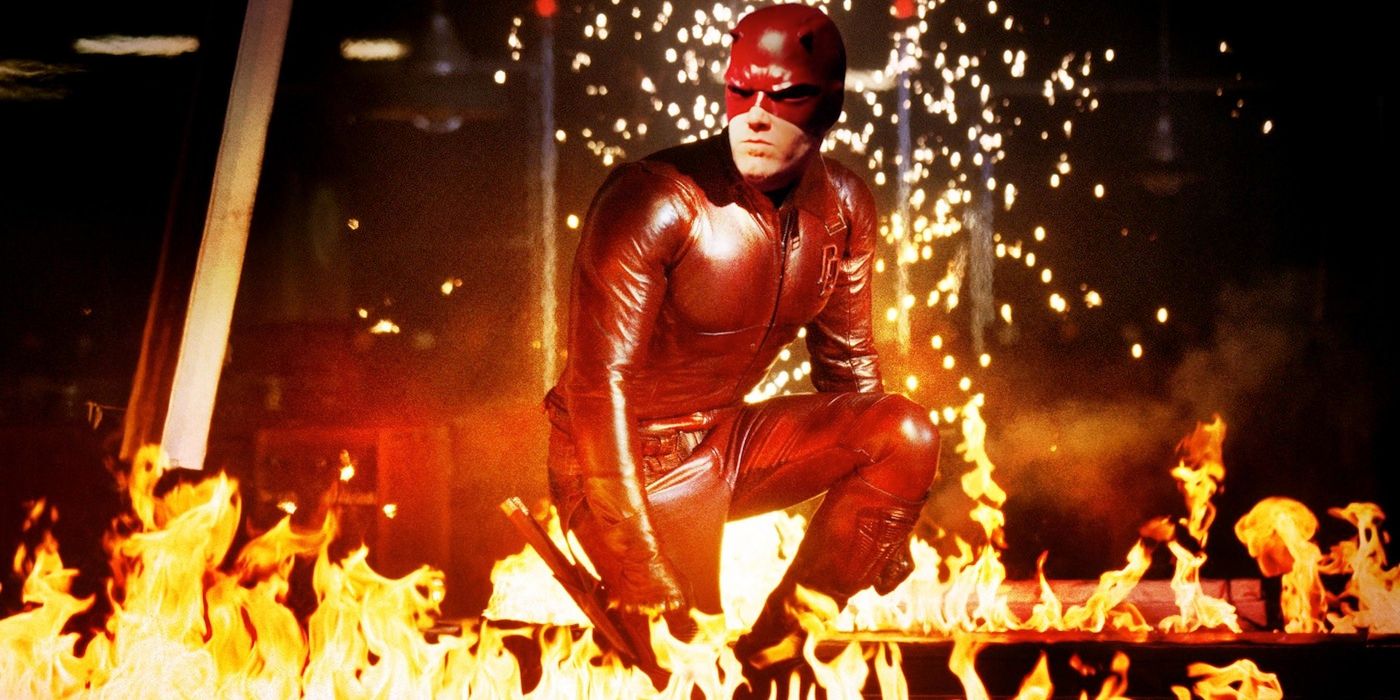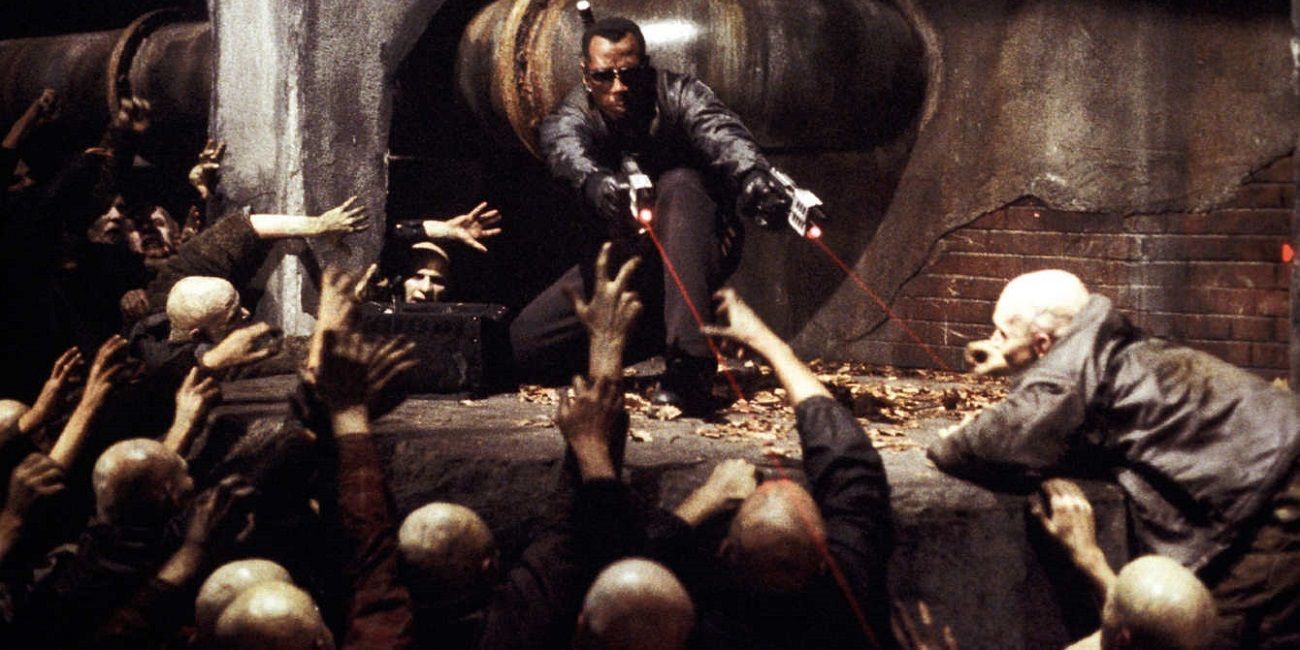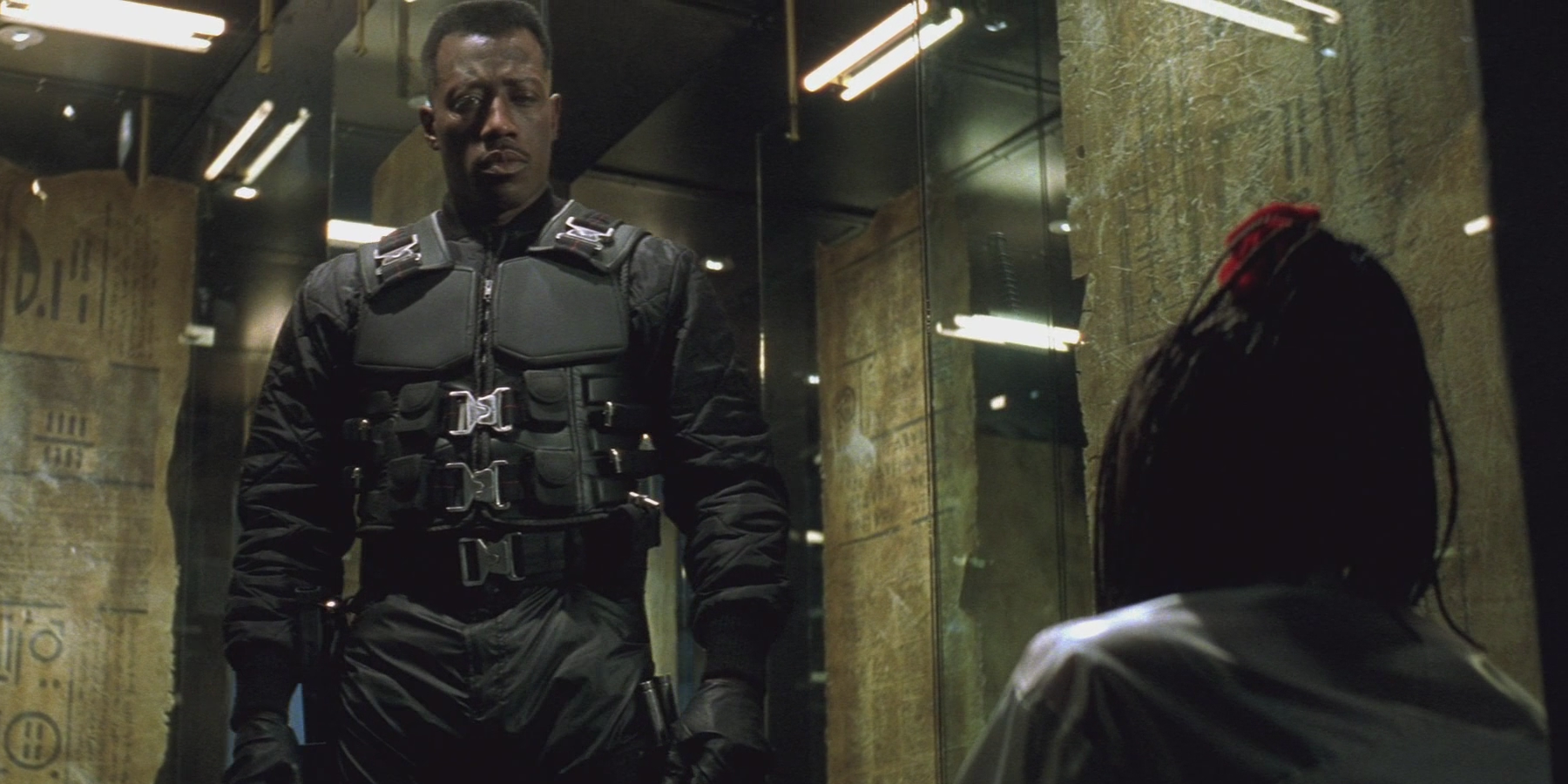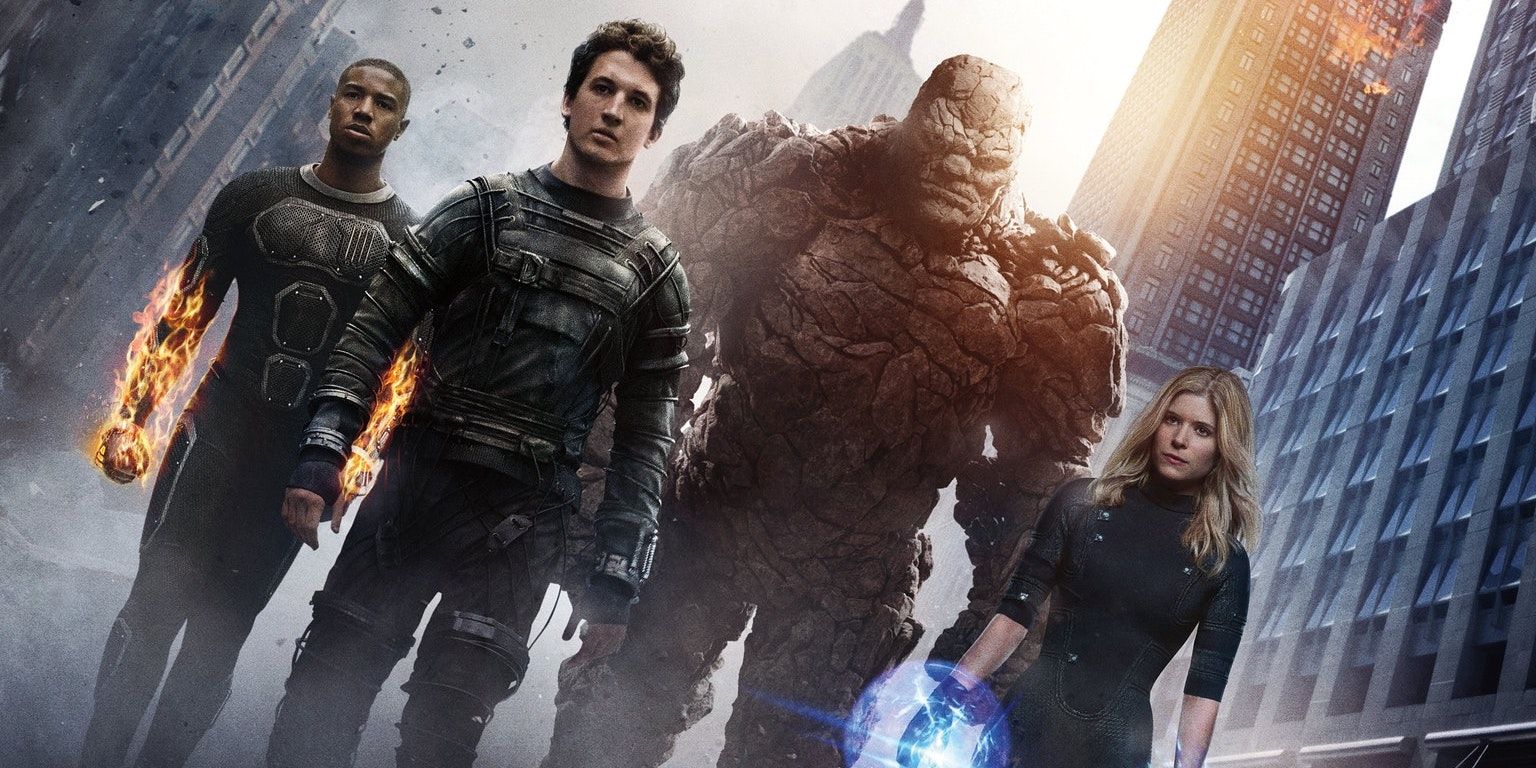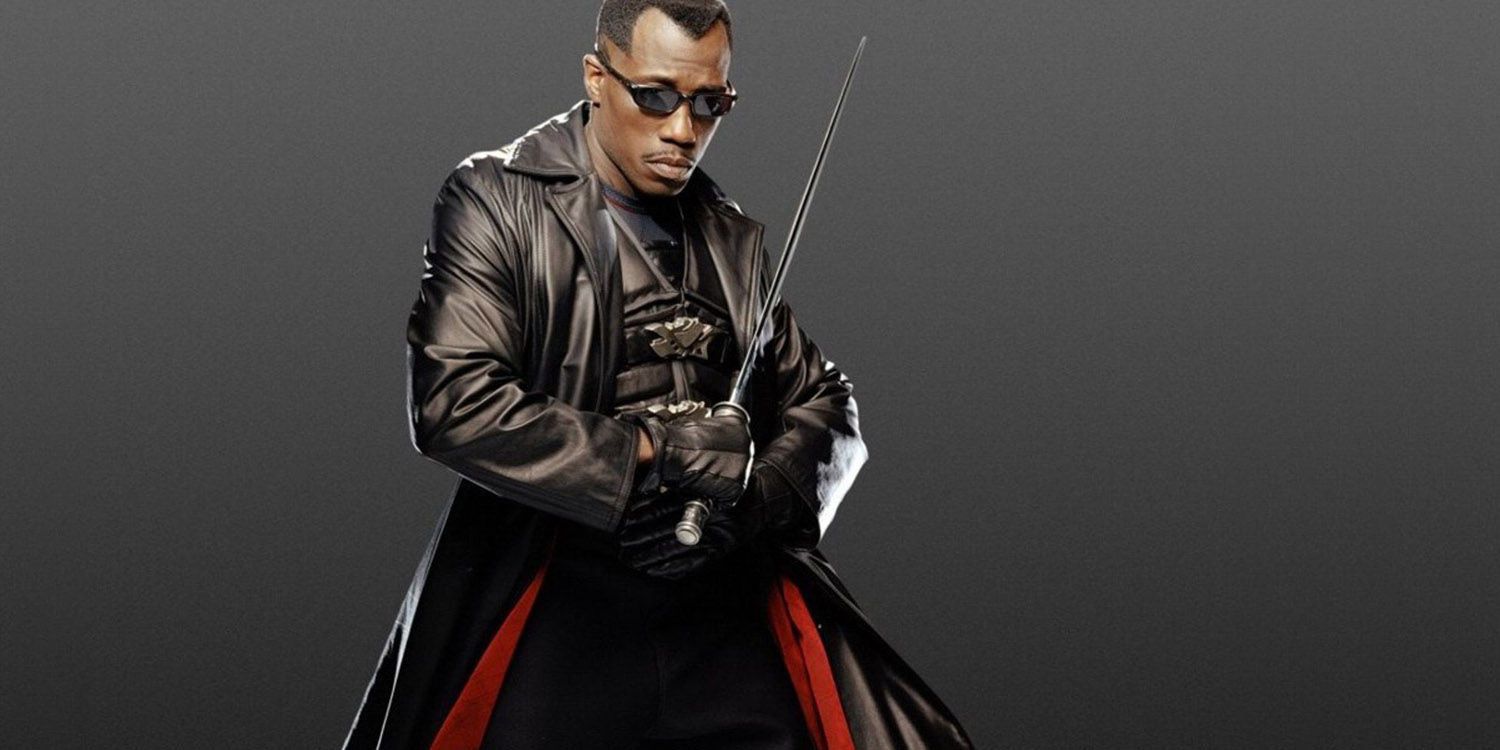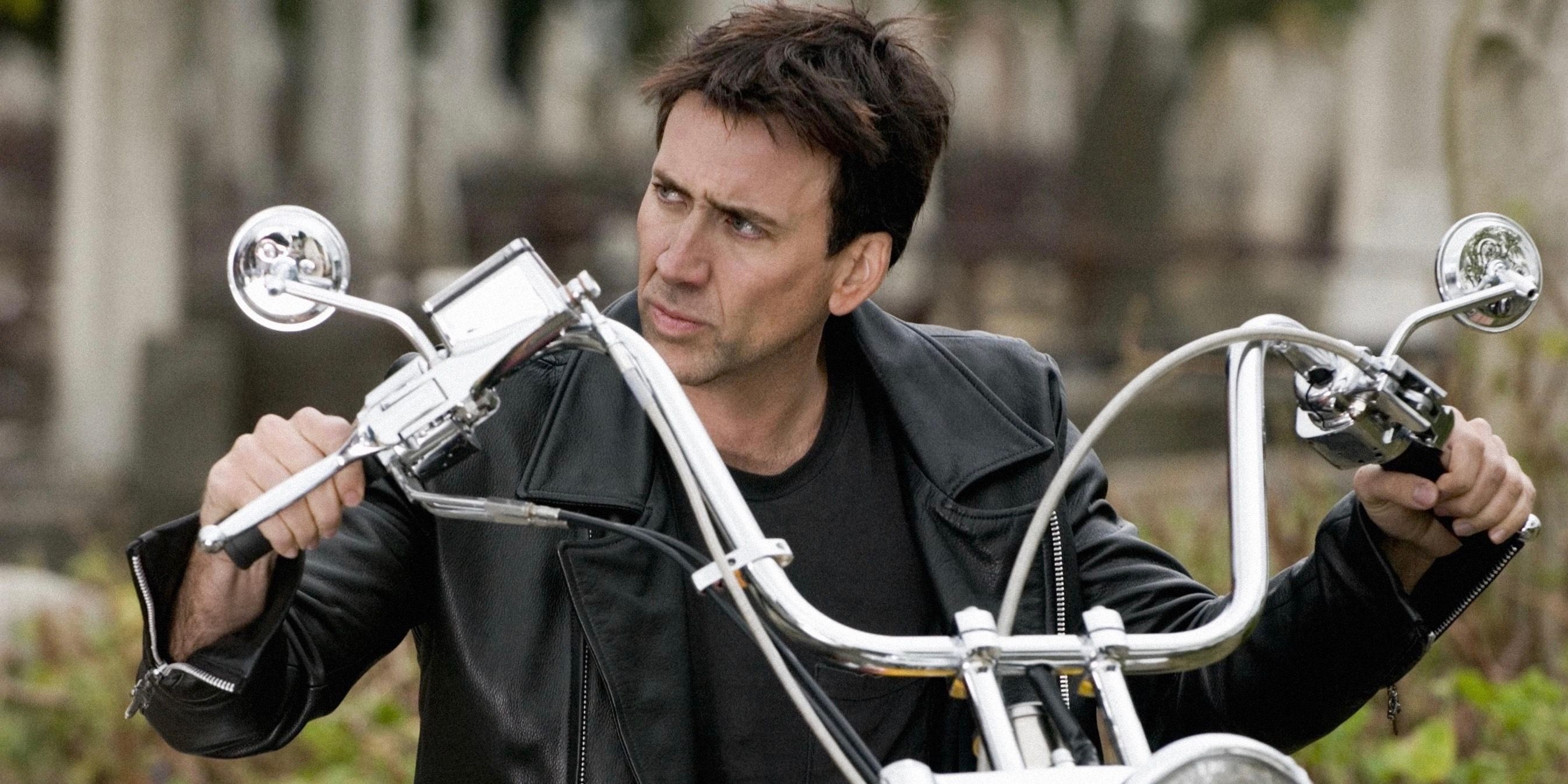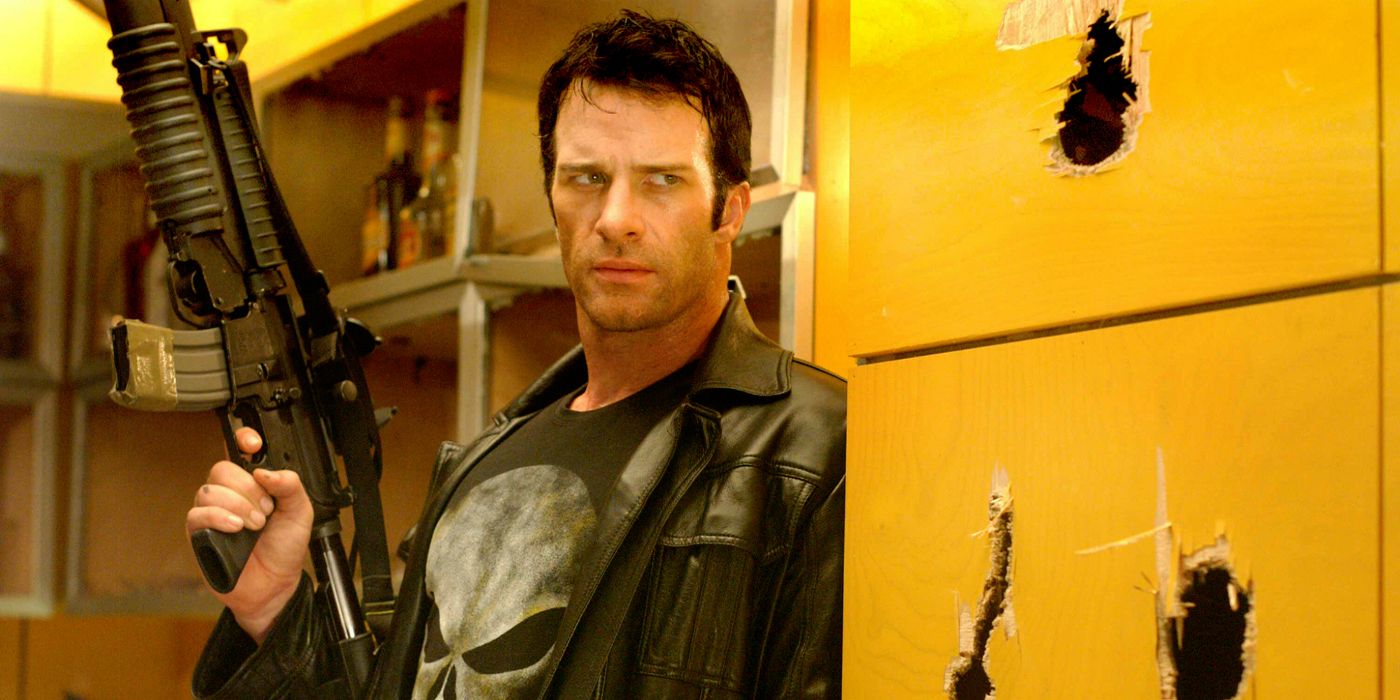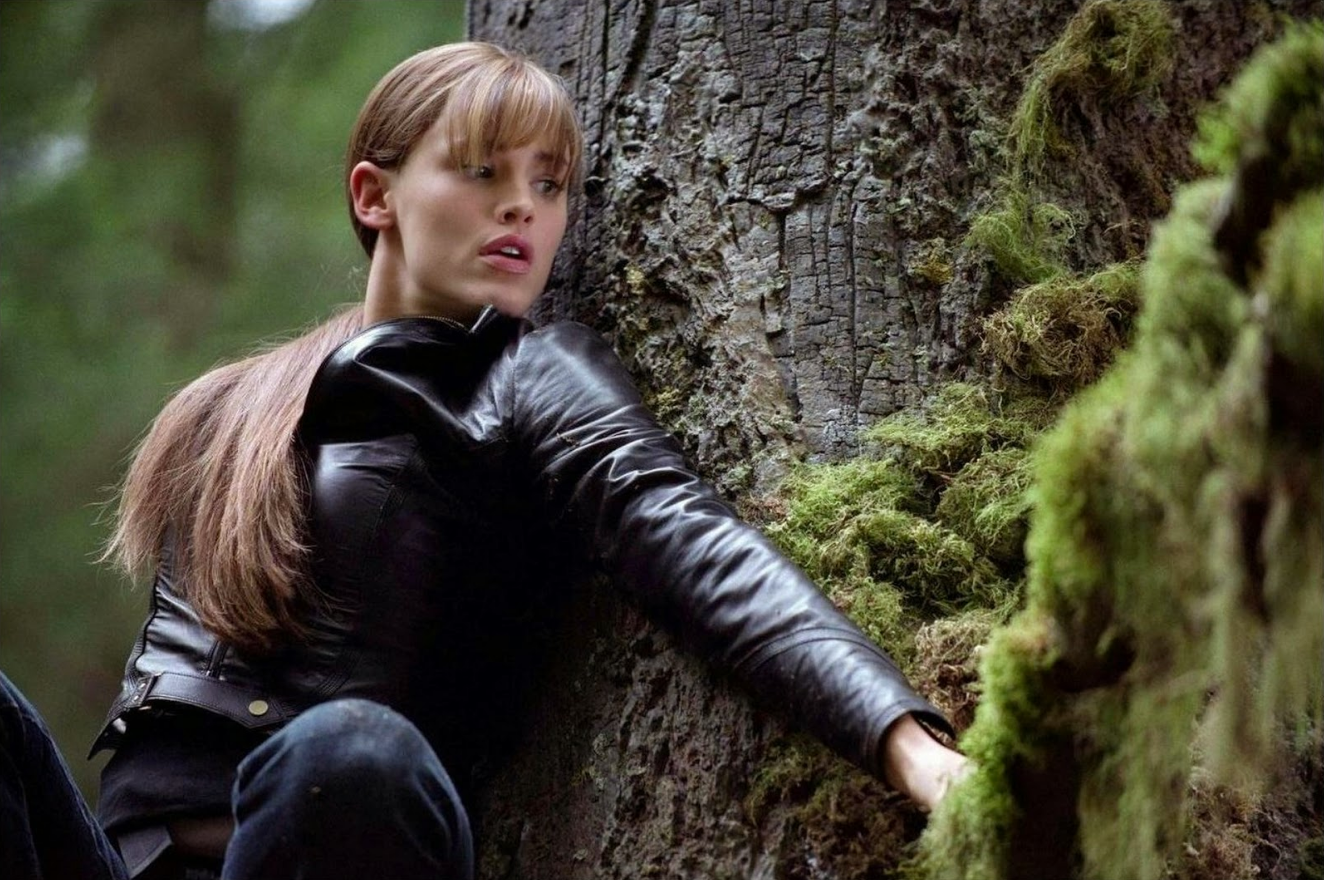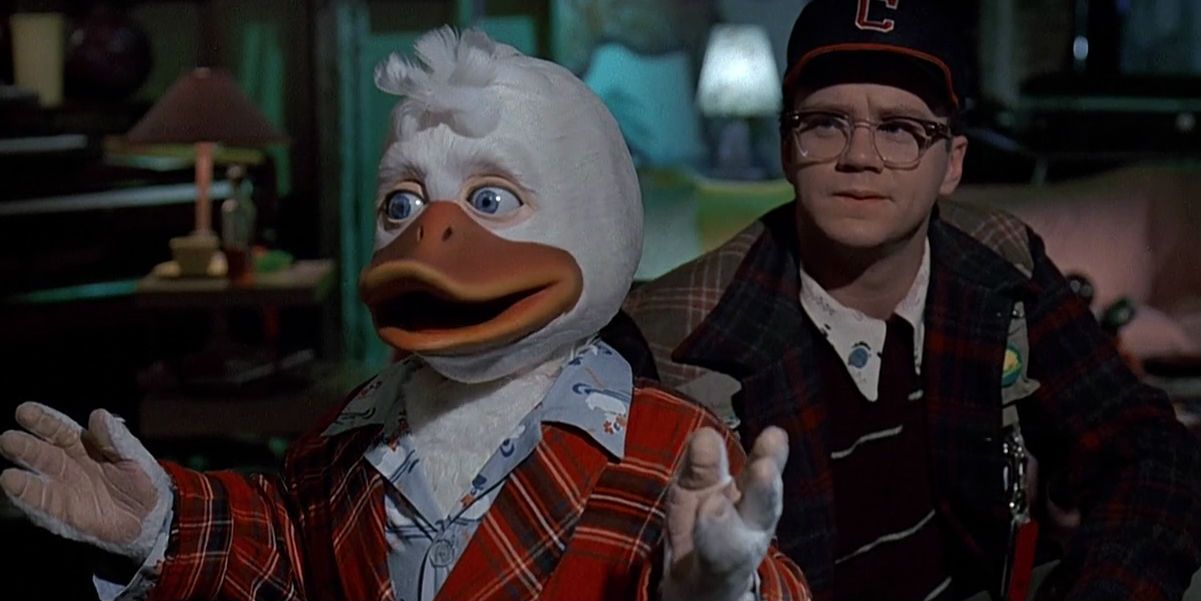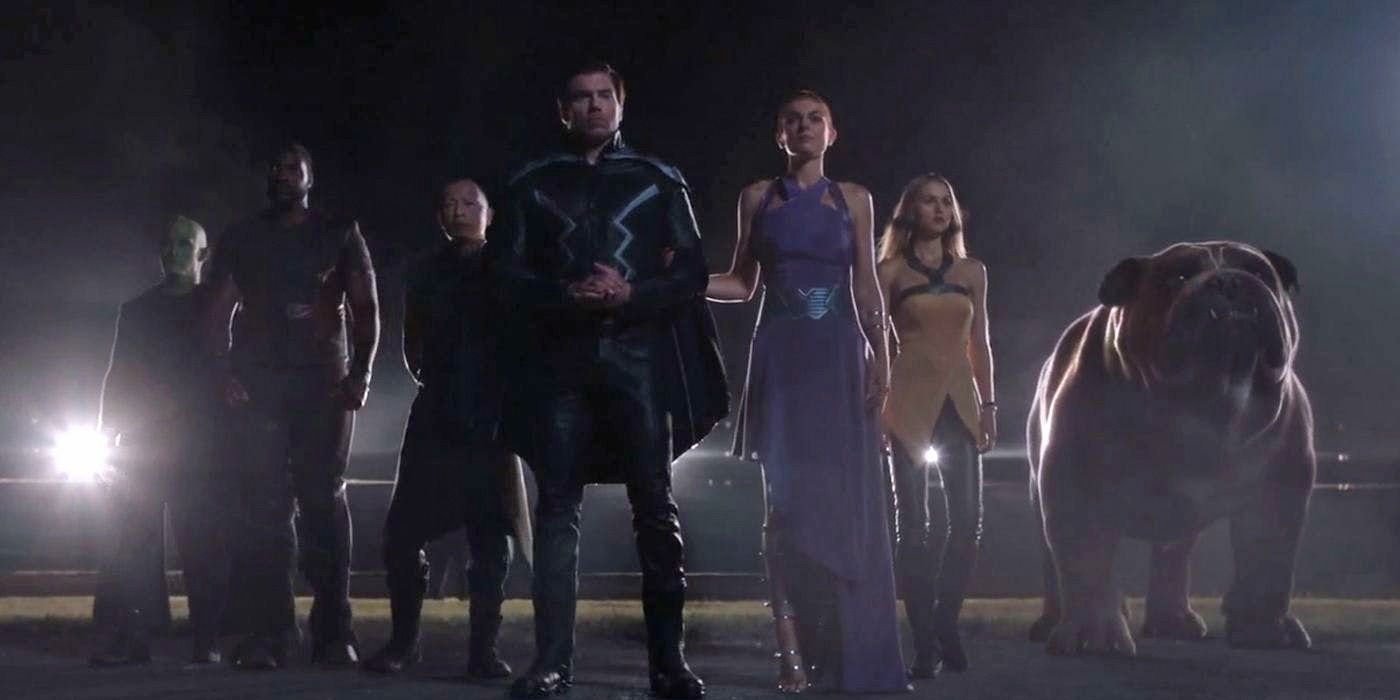It’s hard to even imagine at this point in time, but there was, in fact, a moment in movie history when Marvel movies were not a guaranteed home run at the box office. Believe it or not, but there was a stretch of time when a whole bunch of these beloved superhero properties actually missed the mark when it came to selling tickets at theaters.
While audiences today almost universally praise Kevin Feige’s management of the Marvel Cinematic Universe, there were many years where mighty Marvel movies raking in megabucks was anything but a sure thing. To be sure – these perspectives can be relative. Several entries of the entries on this list top $100 million at the domestic box office - that certainly sounds like a lot of money to the average person. It would be a sizable gross to a mid-budget or indie film, but these films are very expensive to make and the marketing campaigns behind them can drain many a studio bank account as well.
In other words, these features are high-risk ventures and are only seen as winners when they absolutely knock revenue numbers out of the park.
One more thing which must be made clear: none of the “losers” below are the product of the successful MCU architecture. All but one of them came either before 2008's Iron Man or were handled outside of the purview of Marvel Studios. Still, these are some seriously popular superheroes who couldn’t even save themselves at the box office!
Here are the 15 Lowest-Grossing Marvel Movies Ever Made.
The Wolverine (2013)
Note to imaginary metallurgy enthusiasts: all that is admantium is not unbreakable. It may be hard to believe, but the second film in Hugh Jackman’s solo turn as everybody’s favorite berserker Canadian didn't make the cut at the box office.
The Wolverine wasn’t exactly cheap to make – about $120 million – not much less than the $132,556,852 earned at the domestic box office.
Logan’s semi-spy thriller romp through Japan left audiences less than impressed, it would seem.
It’s hard to say what the issue was, but X-Men Origins: Wolverine wasn’t the biggest hit either. Logan did better, but still never hit MCU numbers.
It's surprising because Wolverine is arguably one of the top ten most popular Marvel heroes. Something just never went “snikt” with ticket sales.
Hulk (2003)
Please don’t tell Bruce Banner this, because it may get him angry and then, well, you know what happens!
When Hulk first came to theaters, there were great expectations. CGI had finally gotten good enough to properly depict Marvel’s Jade Giant. Crouching Tiger, Hidden Dragon director Ang Lee was at the helm. What could go wrong? Well, a lot, apparently, as it only made $132,177,234.
As it turned out, CGI Hulk wasn’t as ready for prime time as we thought. He stood at about 15 feet tall, fought really dumb-looking gamma dogs, and his dad was – what? A kind of latter-day Absorbing Man?
Truth be told, the Hulk really never found his proper footing in a solo movie, making him a much better fit on a team like The Avengers or as a sidekick in Thor: Ragnarok.
Fantastic Four: Rise of the Silver Surfer (2007)
Here’s another superhero moment which simply needed CGI to be at top form to pull off. Fantastic Four: Rise of the Silver Surfer was an event which Marvel fans had been salivating over for years. Not only was the team already well into the cosmic aspect of the comic book universe, but the idea of seeing Norrin Radd zipping around the galaxy on his chrome-colored longboard was pure nerd heaven.
Unfortunately, the film was a box office dud, netting only $131,921,738. The Fantastic Four subplots were boring and unnecessary. And the Surfer was underwhelming Worst of all, the filmmakers turned the planet-eating giant Galactus into a cloudy space storm with no character whatsoever.
One would think that the budget of $132 million was enough to pull off what later MCU movies would deliver.
This film was a major miss for a beloved franchise.
Ghost Rider (2007)
As anyone can see from the test shoots of the abandoned Tim Burton effort Superman Lives, Nicolas Cage simply isn’t meant for such a role. Want to properly cast Cage in a comic book property? He was pitch perfect as the nutty vigilante dad in Kick-Ass. But when the time came to see him play Johnny Blaze in Ghost Rider, it was pretty much proven that the very talented actor doesn’t come off well as a comic book hero.
While the film got some nice visuals down, it was thin on story and didn’t have any commanding performances to speak of. Given that its production budget was $110 million and it made only $115,802,596, it may be that this infernal motorcycle hero needs to find a different road to ride on.
Daredevil (2003)
Ben Affleck has been around the block a few times when it comes to superhero movie roles. Most recently, his portrayal of Bruce Wayne/Batman in Batman vs. Superman and Justice League won over fans, even if the movies themselves didn't. He even took a turn playing Superman actor George Reeves in Hollywoodland. But his biggest super-dud at the box office was unquestionably his turn as Matt Murdock in Daredevil.
While the Netflix version of the hero has been received very well, the 2003 movie was widely panned and was blind to decent financial returns, with a production budget of $78 million and a domestic gross of $102,543,518.
Blade II (2002)
Now we really need to be fair to the Blade franchise. The first film came out in 1998, even before X-Men took a turn at building Marvel cinematic franchises.
Championed by star Wesley Snipes, the obscure vampire-hunting hero took a bold step into the superhero movie realm, truly pioneering the darker superhero genre, outside of “A-List” heroes like Spider-Man and Superman.
Blade II has another important pedigree: it was directed by horror visionary Guillermo del Toro. Arguably, it’s the best film in the trilogy, and risked a far bigger budget then the original entry in the series. For whatever reason, the film simply didn’t cut it at the box office, with a domestic total of $82,348,319.
Blade (1998)
As mentioned, the first Blade movie was a bold step into obscure Marvel superhero franchises. It wasn’t just that the studio was venturing into a “B-List” hero, but also that they were tapping into an African American metahuman for a leading role.
The titular vampire slayer was originally meant to be cast with LL Cool J when the project was first being developed in 1992. But by 1996, Wesley Snipes emerged as the clear favorite and was attached to the picture.
While the gross was low for this film, it must be mentioned that the production budget was just $45 million.
Really, the return on investment of $70,087,718 could have been worse.
When it comes to Marvel movies in the age of the MCU revolution, however, Blade just doesn’t rank very well against the franchise machines it helped to spawn.
Fantastic Four (2015)
If somebody wanted to write a book about how to do everything possible wrong with a high-stakes superhero movie, all they would really need to do is review the history of the making of 2015’s Fantastic Four.
From altering the FF’s origin story in a very goofy way to having The Thing run around pantless, this turkey should never have tried to fly.
Why even green light a cosmic superhero team film with just $120 million to produce what needs about double that?
It seems the producers tried to pull something off on the cheap. It was poorly written, poorly cast, and audiences were less than impressed, with a gross of just $56,117,548.
How can such a beloved comic book fall so short in the movies? The answer is obvious: Doctor Doom must be running the studio.
Blade: Trinity (2004)
Pumping the budget up to $65 million, the third Blade film put a stake through the film franchise's heart with a fatal box office showing of only $52,411,906.
While the filmmaking became more ambitious, critics pannedit. One problem may have been having writer David S. Goyer take over as directora. After all, this was just his second feature in that chair. The story ended up all over the place and for some reason, leaned heavily into camp where the more successful predecessors were more firmly rooted in traditional horror.
Whatever the reason, this was the last we saw of the sword-wielding vampire slayer on the big screen. Still, all subsequent superhero film franchises owes him a debt.
Ghost Rider: Spirit of Vengeance (2012)
Ghost Rider: Spirit of Vengeance was already taking a risk by cutting the budget from its predecessor almost in half. And the box office returns of $51,774,002 weren't even enough to make that drastic downgrade justifiable.
Critics aimed a lot of their ire at Cage’s over-the-top performance, but the CGI came up short as well, and the uneven story drove this hunk of junk straight off the road to redemption.
At least Ghost Rider still looked pretty cool, but we have yet to find a big-screen adaptation worthy of this iconic demonic superhero.
Fans are happy with his TV appearance in Agents of S.H.I.E.L.D., but it's unlikely he'll make it into the movies.
The Punisher (2004)
The Punisher is one of those superheroes who isn’t really all that super. While the character of Frank Castle is gritty enough to have won over many a fan – let’s face it, This guy is basically Rambo. He has no real superpowers, and contrary to the unwritten “superhero code,” he uses guns in his war on crime. Like, lots of guns.
The 2004 version of The Punisher took a decent shot at film adaptation for the Marvel sharpshooter. Casting Thomas Jane in the title role was a great choice, but adding in the overused John Travolta as the villain, not so much. The movie delivered all the booms and blasts of a good mercenary picture, but its gross take of $33,810,189 barely matched the production costs.
Elektra (2005)
While all true superhero fans can applaud any effort at bringing our favorite crime-fighting characters to the screen, this one remains a head-scratcher. Elektra was green-lit as a spinoff of the underperforming Daredevil.
Set as a martial arts, swords and sorcery vehicle, the unengaging script and lackluster performances didn’t resonate with audiences, pulling in only $24,409,722. It’s a shame since the character herself has such a rich ninjas-and-demons mythology. Which brings up another head-scratcher: the film had a significantly smaller budget than the film it spun off from, yet had greater need of CGI effects.
There’s a sense that Fox Studios rushed this one out – which it may have, just to keep the Marvel license.
Regardless, the film failed and Marvel got Elektra and Daredevil back in their stable, as the Netflix series attests to.
Howard the Duck (1986)
Howard the Duck, every true Marvel fan’s favorite talking fowl from another dimension was – believe it or not – the first major feature film for any Marvel character. Only Captain America beat the merry mallard to the big screen, but that was in a series of short serial films in the 40s, not a 90-minute movie.
While the comic was considered a hilarious and hip anthropomorphic romp, the 1986 movie was one hot mess.
Even with Star Wars’ George Lucas in as executive producer, this bird never really flew. It was goofy and campy in all the wrong ways. In the end, its $16,295,774 gross made back less than half its $37 million production budget.
Of course, his MCU cameo in Guardians of the Galaxy has us awaiting the moment Howard will get another shot.
Punisher: War Zone (2008)
Why would any studio take a box office loser like the first Punisher film, spend just as big of a budget, lose all the previous stars, and replace them with a bunch of unknown names?
Don’t ask us! That question needs to go to none other than Kevin Feige, who produced Punisher: War Zone.
Despite Marvel taking a risk with a lavish production design, audiences were turned off with the hyper-violent action and sub-par script.
Unlike the first movie, this outing seriously lost a lot of money, not even making back half of the production budget with a gross of $8,050,977.
It seems that the story of Frank Castle’s war on crime is a better fit for television, as the Netflix series has proven more popular.
Inhumans (2017)
Despite initial plans to include it as part of the MCU's big screen offerings, Inhumans was created as a television series – one which flopped just as badly as the cinematic IMAX theatrical release of its first installment.
To be fair, the “film” was released to a mere 393 theaters, but even compared to blockbusters like Avengers: Infinity War’s release in over 4,000 theaters, Inhumans's $1,521,787 gross still doesn’t look good. At ten times the theaters, the take would still be 1/10 less than the big tentpole movies.
We can’t be nice about this effort. The characters look terrible, the sets look terrible, the script reads terrible – yeah, it’s pretty terrible.
It’s a shame. Inhumans deserve a far better adaptation. Maybe Marvel will treat them more humanely next time around.
---
Did you see any of the Marvel movies in theaters? Let us know in the comments!

